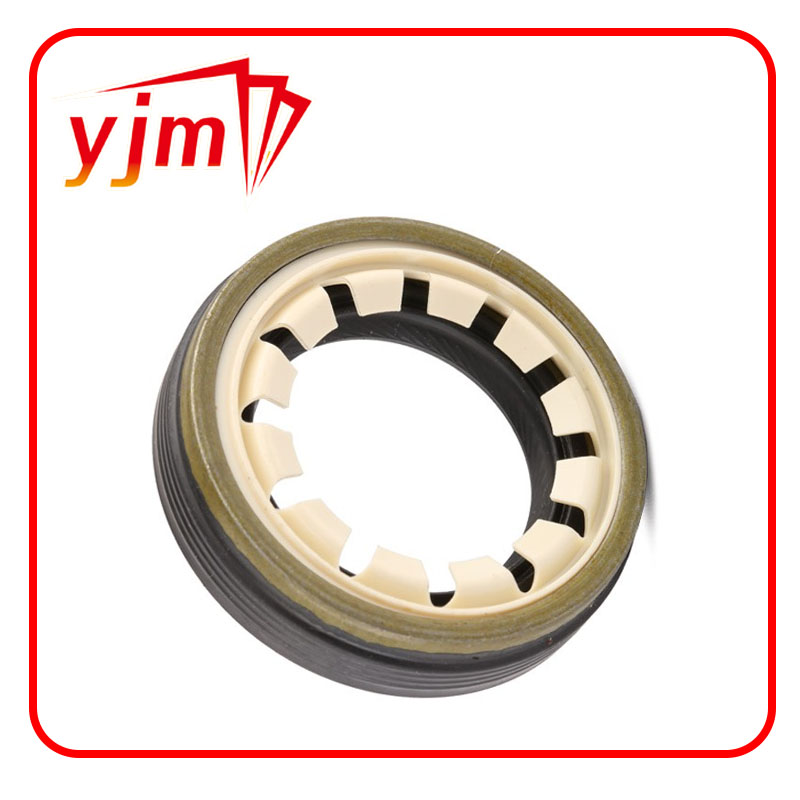Exploring the Importance and Functionality of Front Pump Seals in Modern Machinery Systems
Understanding Front Pump Seals Essential Components in Pump Engineering
In the realm of mechanical engineering, the functionality and longevity of pumps are crucial for various industrial processes. Among the many components that contribute to a pump’s efficiency, the front pump seal stands out as a vital element. Understanding the significance, types, applications, and maintenance of front pump seals can help ensure optimal performance of pumping systems.
What is a Front Pump Seal?
The front pump seal is designed to prevent fluids from leaking out of the pump housing. Located at the front of the pump, this seal plays a critical role in maintaining the integrity of the pumping system by creating a tight barrier between the rotating shaft and the stationary pump casing. This barrier not only prevents fluid leakage but also helps to safeguard the surrounding environment from potential contamination from hazardous liquids.
Types of Front Pump Seals
There are several types of front pump seals, each specifically designed for unique applications and fluid types. The most common types include
1. Mechanical Seals These seals consist of two flat surfaces that are pressed together by a spring. When one surface rotates with the pump shaft, the other remains stationary, thereby preventing leakage. Mechanical seals are favored for their durability and effectiveness in high-pressure applications.
2. Lip Seals Also known as shaft seals, lip seals function by utilizing a flexible lip that presses against the shaft. While they are simpler and often less expensive, they may not be suitable for high-pressure or high-temperature applications.
3. Packing Seals These seals use a packed material that is compressed around the shaft. While packing seals can be adjusted to reduce leakage, they require regular maintenance and tend to wear out faster than other seal types.
Choosing the right type of front pump seal is crucial for the specific requirements of each application, including pressure, temperature, and the type of fluid being handled
.front pump seal

Applications of Front Pump Seals
Front pump seals are widely used across various industries. From water treatment facilities to oil and gas production, these seals are instrumental in ensuring efficient fluid transfer while preventing leaks. In the chemical industry, where corrosive fluids are common, selecting seals made from resistant materials—such as PTFE or specialized elastomers—can enhance reliability and reduce downtime caused by seal failure.
Furthermore, in the automotive sector, front pump seals are fundamental in vehicles' fuel pumps and engine systems, preventing fuel and oil leaks that could lead to catastrophic failures or safety hazards.
Maintenance and Best Practices
Proper maintenance of front pump seals is essential for prolonging their lifespan and ensuring pump efficiency. Here are some best practices
- Regular Inspections Conduct regular checks for signs of wear, such as discoloration, cracking, or deformation. Early detection can prevent costly repairs down the line.
- Proper Installation Ensure that seals are installed according to manufacturer specifications. Misalignment can lead to premature failure.
- Routine Cleaning Keep the pump area clean and free from debris that could compromise the seal’s integrity.
- Monitor Operating Conditions Keep temperatures and pressures within the recommended ranges to avoid stressing the seal.
In conclusion, front pump seals are crucial components that help sustain industrial processes by preventing fluid leaks. Understanding their types, applications, and maintenance can significantly influence the performance and reliability of pumping systems. By investing time and resources into proper seal selection and upkeep, industries can enhance their operational efficiency and minimize downtime, ultimately leading to greater productivity and safety.
-
Understanding Automotive Oil Seals: Essential Components for Engine and Shaft Protection
News Jul.30,2025
-
The Importance of Heavy Duty Seals in Industrial and Residential Applications
News Jul.30,2025
-
Exploring Industrial Oil Seals: From Felt Oil Seals to TTO and CFW Solutions
News Jul.30,2025
-
Essential Guide to Oil Seals: From Radial to Metal-Cased Seals for Industrial Reliability
News Jul.30,2025
-
Choosing the Right Oil Seals and Gaskets for Industrial and Automotive Applications
News Jul.30,2025
-
Cassette Seals: Durable Sealing Solutions for Harsh Environments
News Jul.30,2025
-
Understanding the Front Main Engine Seal: Purpose, Maintenance, and Installation
News Jul.29,2025
Products categories















